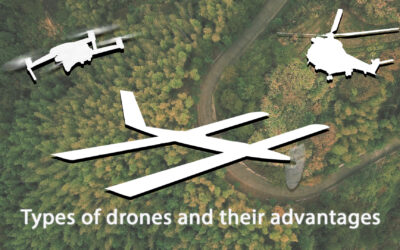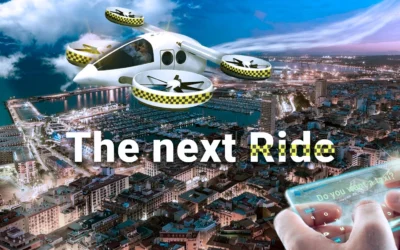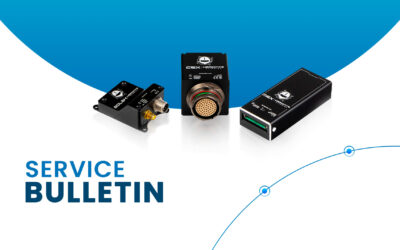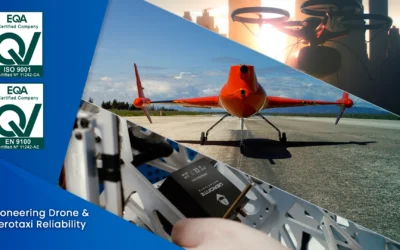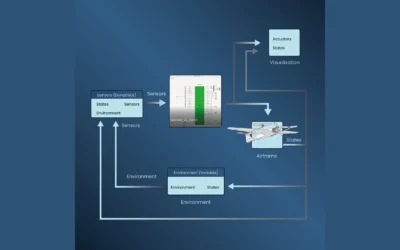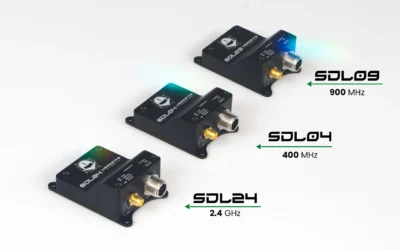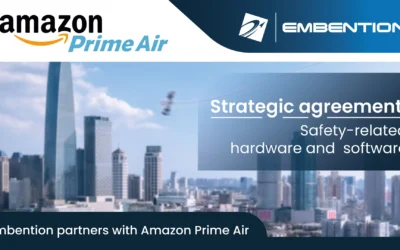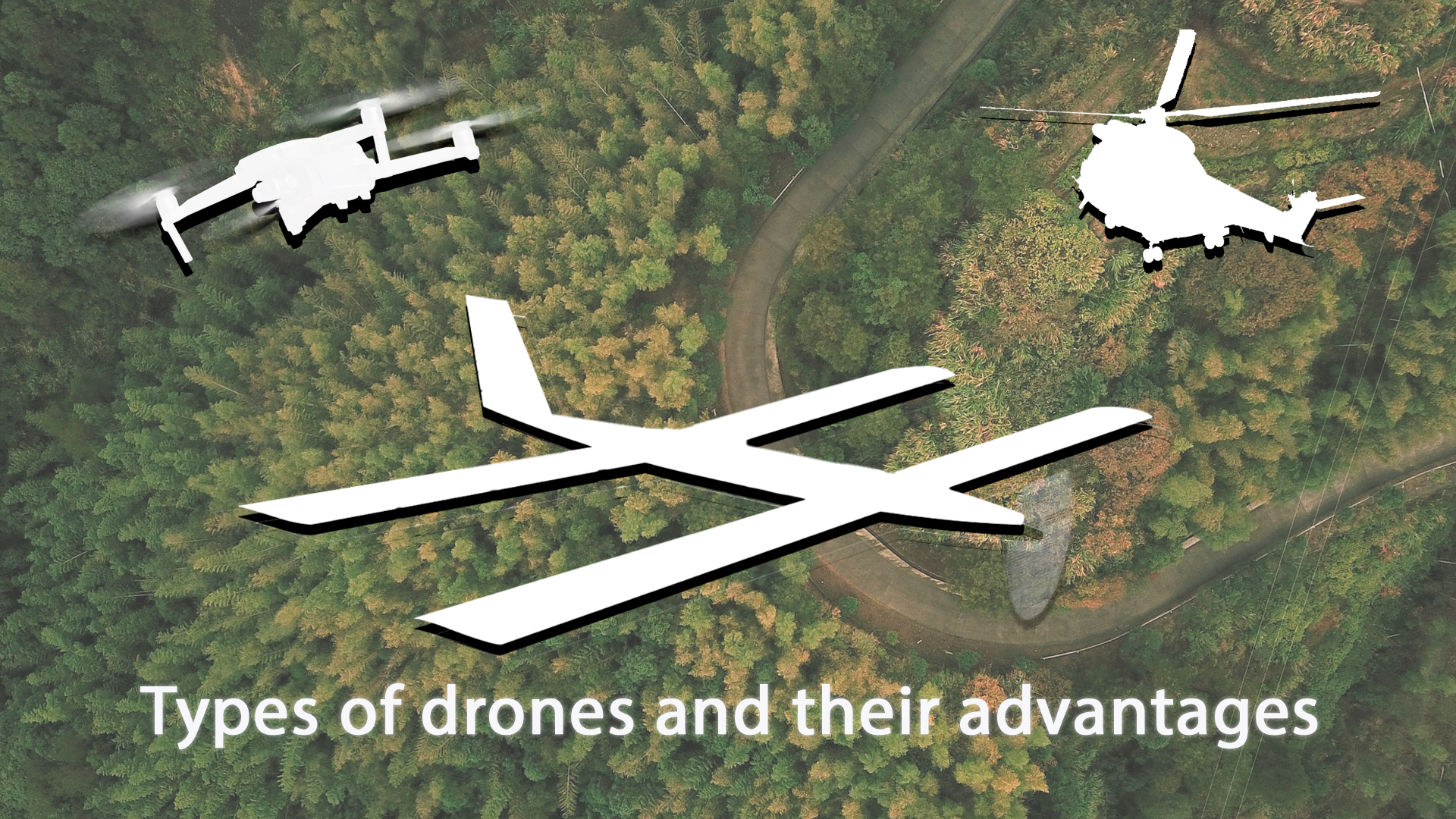Beyond the small drones that have become popular in recent years for capturing images and video. There are different types of drones, each offering various advantages depending on the needs and applications.
The drone industry has experienced rapid growth in recent years. For this reason, it is essential to review the main tipology characteristics of multirotor, fixed-wing, VTOL, helicopter, solar, and MALE drones.
Multirotor Drones
Multirotor drones are the most popular and widely used. They are equipped with multiple rotors, usually four, six, or eight. These rotors enable them to remain stable in the air and maneuver easily.
Their main advantages are:
- Maneuverability and stability: their multi-rotor design allows for precise control and great stability even in windy conditions.
- Ease of use: they are ideal for beginners due to their design and assisted flight technology that simplifies operation.
- Precision in hover flight: they are perfect for tasks requiring stable hover flight, such as aerial photography and inspection.
Fixed-Wing Drones
Fixed-wing drones have a configuration similar to traditional airplanes. They use fixed wings and propellers for propulsion. Their main advantages include:
- Flight efficiency: their aerodynamic design allows them to cover long distances with lower energy consumption.
- Above-average payload: they can carry heavier equipment, making them suitable for reconnaissance and monitoring missions.
- Extended flight time: they can stay in the air for hours, greatly surpassing the autonomy of multirotor drones.
- Higher altitude flight: they can operate at higher altitudes, providing a broader and more detailed aerial view of the covered area.
VTOL Drones
These aircraft combine the qualities of multirotors with those of fixed-wing drones. With vertical take-off and landing, they have high flight autonomy thanks to the passive lift of the wings. This flight system is ideal for transporting heavy loads, ensuring greater autonomy and greater landing safety, without endangering the payload. These are some of its advantages:
- Versatility: they combine the best features of multirotor and fixed-wing drones, allowing operations in a wide range of environments.
- Efficiency: they can perform takeoffs and landings in almost any area and fly long distances.
- Mission flexibility: they are ideal for complex missions requiring rapid changes between hover and cruise flight, such as cargo transport.
Helicopter Drones
Helicopter drones use one or more main rotors to generate lift. They also have a tail rotor to control their movement. These are some of its advantages:
- Maneuverability and agility: they can perform complex maneuvers and fly in confined spaces with great precision.
- Precise hover capability: they are extremely stable in hover flight, ideal for inspection tasks and operations in tight spaces.
- Vertical takeoff and landing: they can operate without runways, making them very useful in rescue missions and disaster assistance.
Solar Drones
Solar drones use solar energy to power their systems and engines. Some of their advantages include:
- Increased flight autonomy: they can operate for extended periods without the need to refuel, thanks to solar energy.
- Clean and sustainable energy: they do not rely on fossil fuels, reducing their carbon footprint.
- Versatility in remote environments: they are ideal for missions in remote areas where access to energy or communication resources is limited.
MALE Systems (Medium Altitude Long Endurance)
MALE systems are fixed wing aircraft designed for long range, long duration flights. Their large size allows them to operate at medium altitudes with long flight ranges. These are some of its advantages:
- Extended flight time: they can operate for many hours or even days without the need to land.
- Coverage of large areas: they are ideal for surveillance and reconnaissance missions over vast terrains.
- Adaptability: they can be equipped with a wide variety of sensors and communication equipment to fulfill various missions, from surveillance to weather data collection.
Veronte Autopilot and its Compatibility with Different Drone Systems
Since 2007, Embention has been developing critical systems for fixed-wing aircraft, helicopters, multirotors, hybrid VTOL systems, boats, cars, paragliders, eVTOLs, and UAMs.
Veronte Autopilot, Embention’s family of autopilots, is a customizable control system for autonomous vehicles and fly-by-wire aircraft. Its flexible architecture makes it suitable for all types of vehicles, and it can be programmable to adapt to any autonomous vehicle arrangement, whether aerial or terrestrial. The autopilots have been developed in compliance with certification standards DO178C / ED-12, DO254 ED-80, and DO160G, making Embention the leading company in the development of autopilots for eVTOL and UAS certification.

